Even if you’re not the most devoted soccer fan in the world, most of us will have fond memories of learning to kick a ball from a young age, playing with your parents or siblings, aunts, and uncles, cousins, or basically anyone who would kick it back.
Sometimes, you didn’t even need that, and in place of a return shot, simply kicking your ball up against a wall was enough to keep you entertained for hours. And if there’s one thing toddlers need, it’s entertaining.
From here on out, it won’t be long before your toddler will be rising through the ranks of their local soccer club, making the team captain, and getting selected for the Major League Soccer All Star team...
Okay, maybe we’re getting carried away. But even without any grand aims of parenting the next David Beckham, soccer is a great game to introduce your children to and can actually benefit them in many ways.
Before you can begin making memories with your own toddler, you’ll need to know what type of soccer ball is suitable. Luckily for you, we’ve scoured the web to find 5 of the best soccer balls for toddlers and reviewed them so you can make the right choice.
Our buyer’s guide will cover some of the important bits you’ll want to think about and we’ve even answered some frequently asked questions.
In a hurry? Our top pick is the real MVP, so keep reading to find out more!
OUR TOP PICK
When it comes to soccer balls for toddlers, this Yanyodo soccer ball is the real MVP.
It’s available in size 1.5, which is recommended for ages 1 to 5, or in a size 3, which is recommended for children between the ages of 3 and 8.
This mini soccer ball features sturdy construction with a durable TPU design which is much safer for toddlers, and it contains nothing that could be harmful to your children.
Unless they get hit in the face with it, of course. Maybe watch where you’re aiming...
High-quality machine stitching ensures that this ball won’t fall apart from the seams after a good kicking.
The scratch-resistant exterior keeps the classic soccer ball design in good condition and it’s also BPA-free.
An inner rubber bladder ensures that the soccer ball doesn’t release air and is able to maintain the shape, but don’t over-inflate it, as this could burst your toddler’s bubble and their ball.
Remember to purchase a pump separately to avoid disappointment, as the ball is shipped deflated and doesn’t include its own pump.
Pros
- Great size for toddlers for safe play
- Durable TPU design
- Scratch-resistant exterior
Cons
- Pump not included
EDITORS CHOICE
One of the things we love about this size 3 Picador soccer ball is its fun, cute design which is sure to capture even the most distracted toddler’s attention.
However, it is on the smaller side of a size 3 which is something you might want to consider.
The attractive, bright colors and the friendly face can help to encourage your toddler’s involvement in playing with the ball, and if they’re an only child, it can act as a second friend so they won’t feel lonely without a playmate.
Made from durable TPU which is scratch-resistant to reduce abrasions, this soccer ball features 100% eco-friendly rubber and is completely toxic-free, so only the safest materials will be coming into contact with your toddler’s sensitive skin.
Machine stitching fortifies the construction of this soccer ball and an internal nylon-wound carcass further enhances its durability.
Play for longer without needing to pause and re-inflate your soccer ball, as an inner rubber bladder prevents air leaking to retain its shape.
Pros
- Fun, gender-neutral design
- Durable TPU
- Eco-friendly rubber
- Helpful customer service response within 24 hours
Cons
- Pump not included
- Size runs slightly small
BEST VALUE
Next, we looked at the Wisdom mini soccer ball, a great choice for toddlers because of its small size and appropriate weight of just 160 grams.
The 6-inch diameter means that handballs will be happening left, right, and center, as your toddler can comfortably learn to carry, throw, and kick the ball.
This waterproof soccer ball features a premium PVC surface which keeps this ball in good condition for longer, so even if your toddler’s aim leaves something to be desired, repeated shots towards the pond won’t cause excessive wear and tear.
A high-strength Butyl liner also helps to maintain the condition of the soccer ball by preventing air from leaking out and keeping it well inflated.
The machine stitching is durable and will hold together better than hand-stitched soccer balls.
Pros
- Color stays vibrant
- Butyl Liner for air tightness
- Waterproof PVC exterior
Cons
- Pump not included
RUNNER UP
Another great soccer ball in terms of exciting design is the EVERICH TOY soccer ball.
It comes with its own pump supplied, unlike most of the soccer balls we've reviewed in this article, which is handy if you don’t already own one and don’t want to have to buy one separately.
A perfect balance of learning and entertaining is achieved with this size 2 soccer ball, as it’s small enough for them to begin learning some basic motor skills such as hand-eye coordination and interesting enough that they’ll want to keep playing with it.
The high-quality materials used in the construction of the EVERICH TOY soccer ball are free from lead, phthalates, and BPA to comply with CPSIA and ASTM F963-11 Toy Safety, to meet safety standards for your peace of mind.
You’ll receive all you need to get pumped up and start playing, and the box it all comes in makes this a great gift choice for any toddler in your life.
If there are any problems with your purchase, you can contact the seller who guarantees customer satisfaction will be met.
Pros
- Pump included
- Safe materials used in construction
- Fun, friendly design
- Helpful customer service
Cons
- Some reports of parts missing
RUNNER UP
If your toddler loves Paw Patrol, then this themed soccer ball is an excellent choice, as it features some of your kid’s favorite characters in its design.
Even if they’re too young to be that interested in the television show, the bright colors and fun characters are sure to excite them.
The soft, lightweight ball is great for both indoor and outdoor use as it’s soft yet it can handle being kicked about in your backyard.
The stitching is less durable than other balls we’ve looked at, however, and some customers do report issues with this.
You’ll also have to be cautious with how much you inflate your soccer ball, as it inflates so easily it could end up overinflating which could pull at the stitching.
Please note that a pump will need to be purchased separately as it doesn’t come with one included.
Pros
- Fun, interactive design featuring favorite Paw Patrol characters
- Soft and lightweight
- Inflates easily
Cons
- Stitching could be stronger
- Pump not included
Best Toddler Soccer Balls Buying Guide
When it comes to your children, you can never be too safe.
That’s why even with something as simple as a soccer ball, it’s worth doing your homework (one day, you’ll be helping your child with theirs) to make sure you choose one that’s suitable.
Size
Soccer balls come in different sizes ranging from 1-5, and this refers to their circumference. Each size is suited to different age groups. The smaller the number, the smaller the size of the ball, so the size most appropriate for toddlers is 1 and 2.
Size 1 soccer balls are also referred to as mini or skills balls, as they can be used to practice the basic moves that you’ll be using on the pitch, such as dribbling, juggling, and kicking the ball, although don’t expect your toddler to be mastering these skills until they’re a bit older.
More often than not, size 1 soccer balls are used as souvenirs. Size 2 is slightly bigger and is also used for toddlers, but it’s one of the least popular sizes.
You could also get away with a size 3 soccer ball for your toddler, as these are designed to be used by kids who are 8 years old or younger, therefore toddlers are included in this age bracket.
However, anything bigger than this is not recommended.
Softness
The main thing that sets soccer balls apart from regular soccer balls, apart from their size, is how soft they are in comparison.
If it's going to be coming into contact with your young toddler, you’re not going to want a ball that’s going to hurt them.
They use softer materials than regular soccer balls for this reason, but another good tip to ensure your soccer ball is soft enough for your toddler to play with is by underinflating it slightly so that the exterior skin isn’t stretched too tight, which would make it firmer.
It’s also worth checking if your soccer ball is going to be soft on their sensitive skin. By this we mean, is it free from any harmful chemicals or substances that could potentially irritate your toddler?
Most soccer balls will advertise as being free from BPA, phthalates, lead, and other toxins so you can easily determine if it’s going to be a suitable choice for your child.
Design
These days, you can find all sorts of cool and engaging designs on soccer balls to interest and excite your kids so you can drag them away from their iPad and out onto the fields.
These can include bold, bright colors or even popular characters from films or television.
Recent strides towards gender neutrality and equal opportunities for children means that, although there are still some gender stereotypes at play, there are even more balls available that are specifically designed to interest young girls as well as boys.
Durability
At the end of the day, as your toddler grows up they’re going to outgrow their soccer ball.
To avoid having to replace it before your need to replace it, choosing a durable ball will ensure it lasts longer to see your child through their formative years.
Firstly, you’ll want to look out for what material the soccer ball is made from, as this will be a big indication of how long it will be able to withstand constant kicking.
Stitching is also something to consider, as this can strengthen the overall construction of the soccer ball which will keep it together even with repeated use.
Frequently Asked Questions
What’s the right air pressure for a youth soccer ball?
Youth soccer balls should have a PSI of 8.7, to be exact. This is the perfect level of air pressure according to the official soccer ball specification rules.
However, you can adjust this to suit your needs.
Higher air pressure tightens the ball’s skin which means it’ll have more bounce making it harder to control.
It therefore might be a good idea to inflate your toddler’s soccer ball to a slightly lower air pressure level so that it’s less likely to bounce back into their face.
Why do toddlers benefit from playing with soccer balls?
Not only is it likely that your toddler will enjoy playing with a soccer ball, but it’s also beneficial for them in terms of developing their motor skills.
Hand-eye coordination and timing are learned through rolling, catching, kicking, and throwing a ball, which are vital aspects of your toddler’s developmental progression.
Why can’t toddlers play with a regular soccer ball?
Regular soccer balls are bigger, heavier, and often harder than soccer balls designed for toddlers, so they’re more likely to get hurt.
They won’t reap the same benefits as they would with a toddler ball either, as they would struggle to move or manipulate the ball as well due to its size.
What's next? If you haven't already, take a look at our picks for the best toddler soccer shoes.
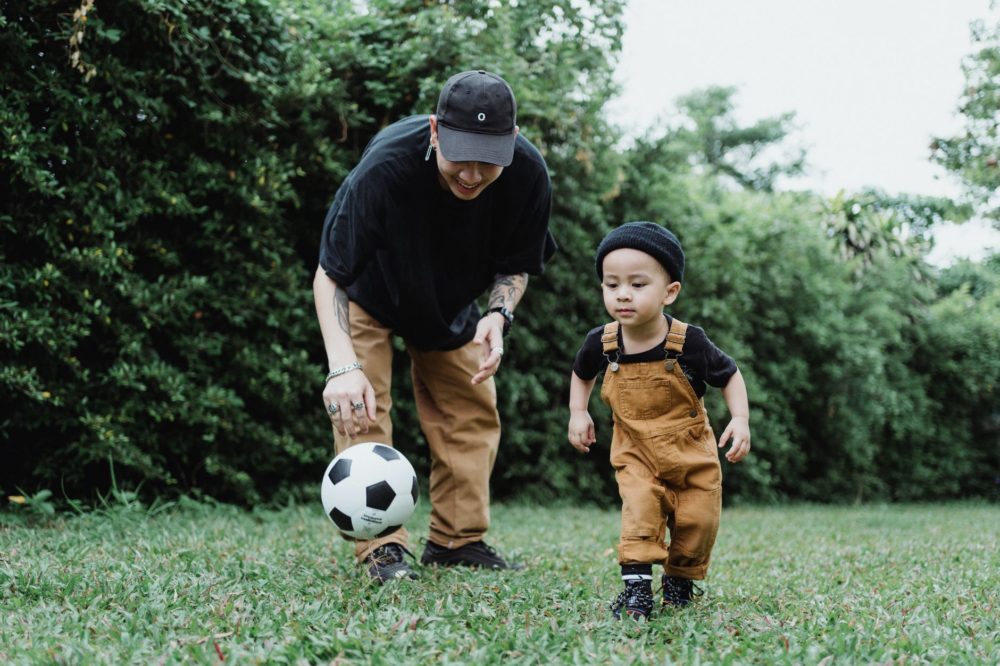








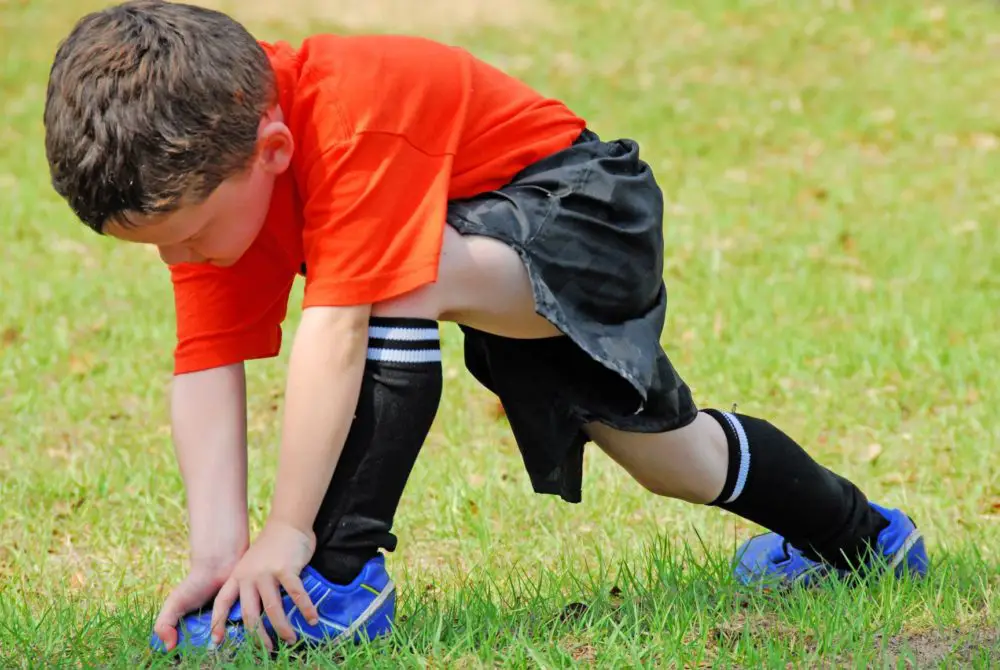
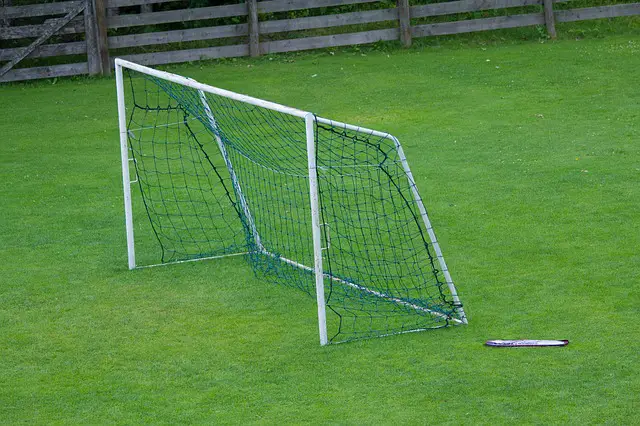
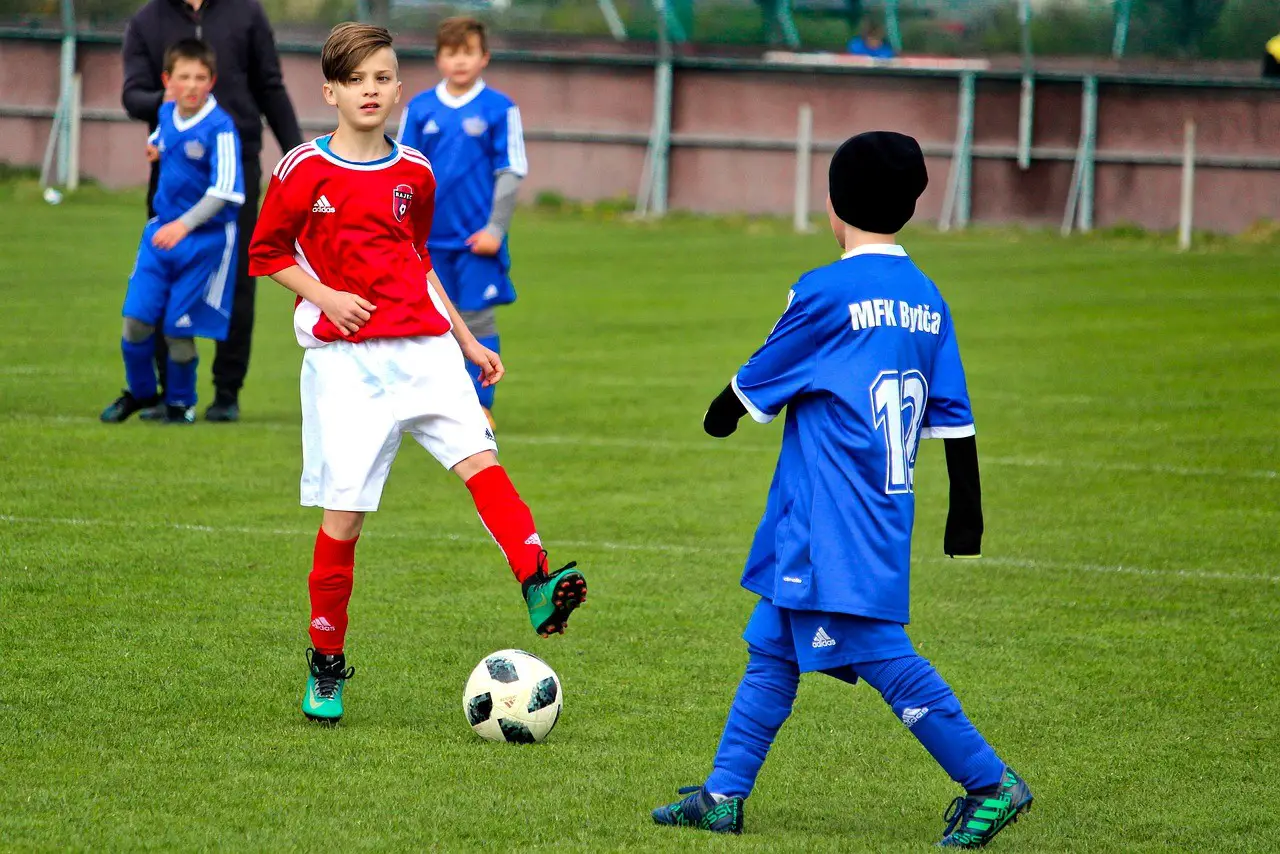
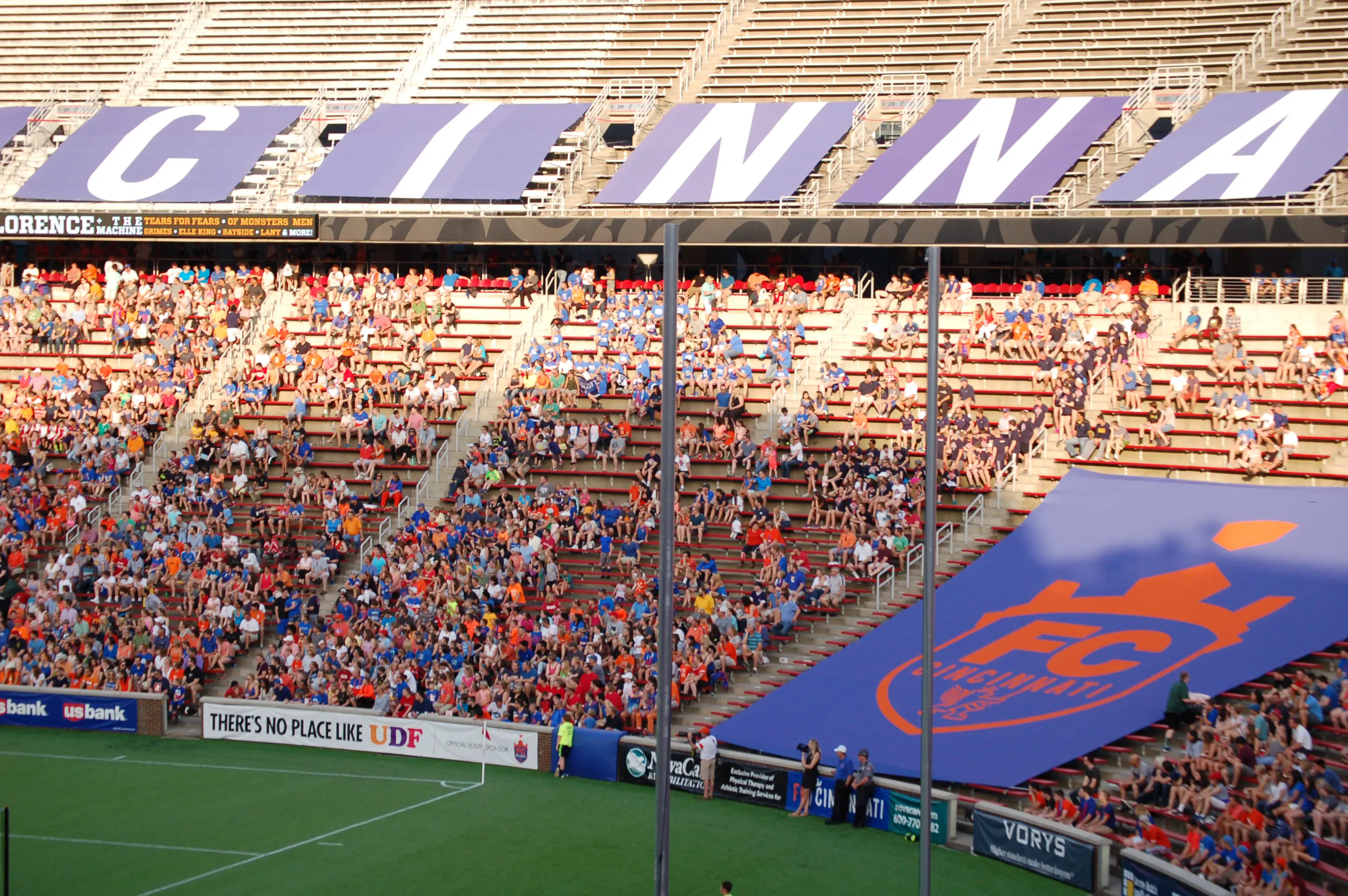
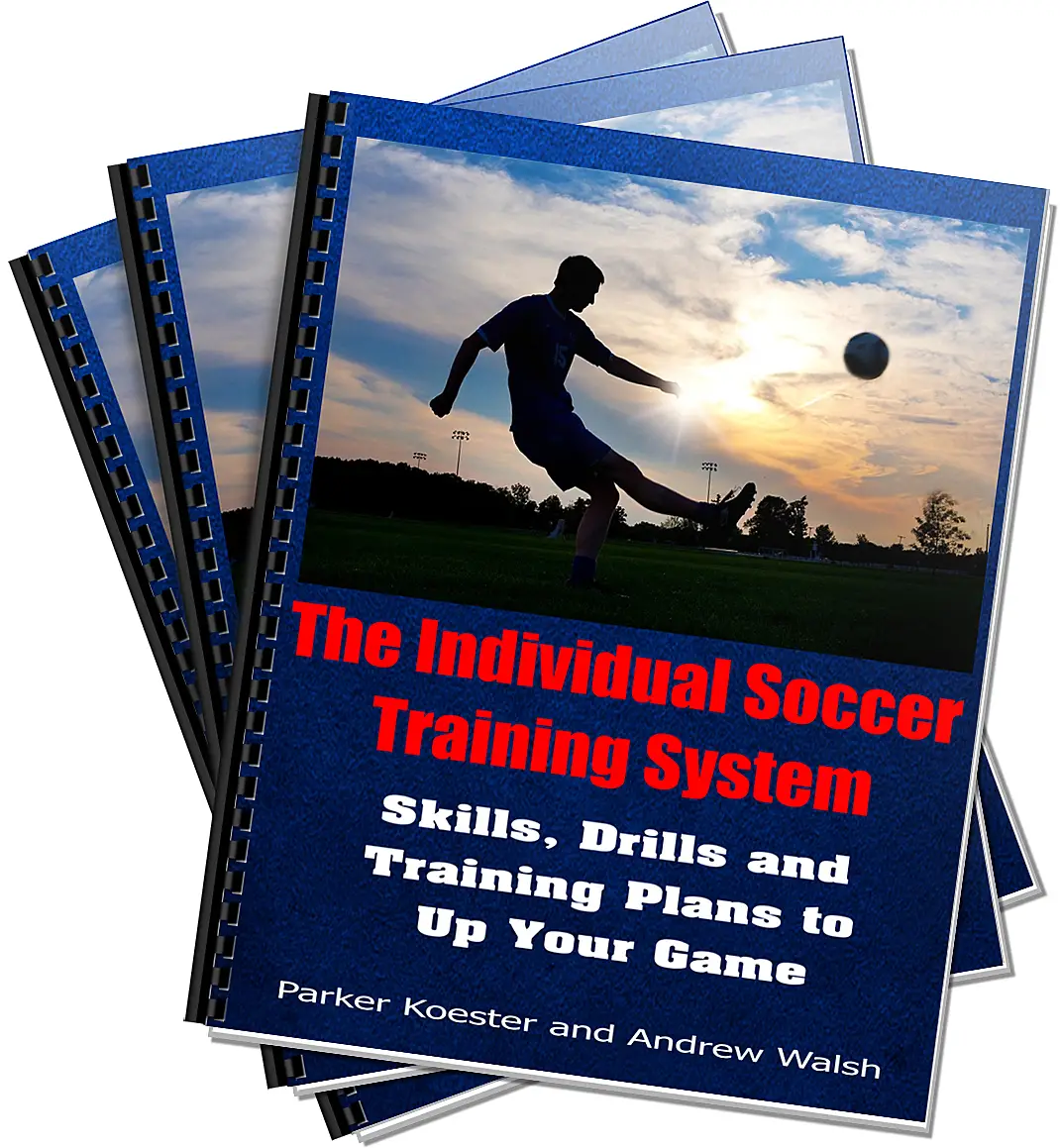

Leave a Reply